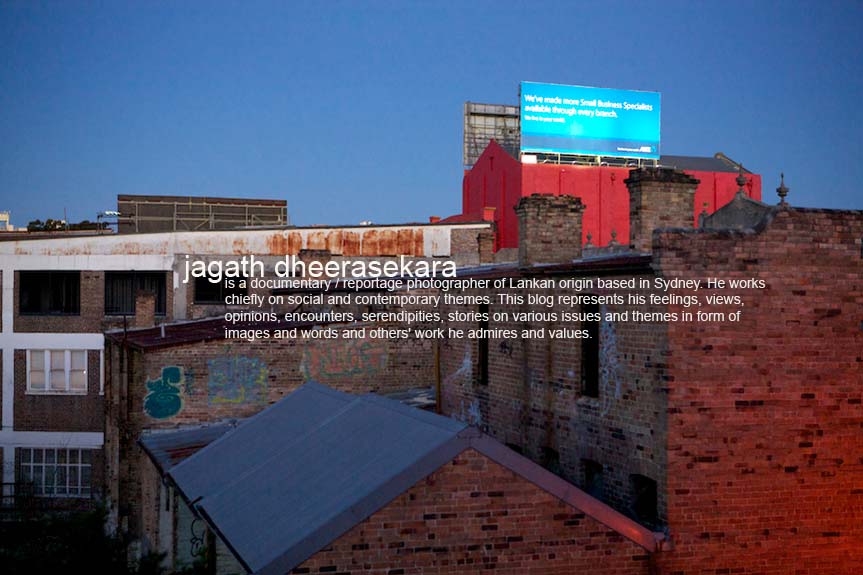“Members of Tasmania's Aboriginal community tried unsuccessfully to stop the auction of three ancestral photographs at Sotheby's in Melbourne on Tuesday night.” http://www.abc.net.au/
(Photographer Henry Firth | Photo Courtesy Southeby's Australia)
Three photos that went under hammer were titled "The Last of the Tasmanian Natives”. They depicted Aboriginal residents of the Oyster Cove settlement near Hobart in the 1860s.
Dr Julie Gough’s (http://www.anu.edu.au/
When valuing/selecting art, it is about time for auction houses, galleries, museums, collectors, festivals, curators, publishers, editors, critiques pay more attention to the process from which the work of art originated and divulge it to the clients/consumers/spectators in a more transparent, meaningful and culturally accepted manner. This is not dissimilar to other products in the market. To quote an analogy, we in the role of consumers are increasingly concerned about what we consume – food, apparel, furniture etc. We tend to look into the value chain to know how and where the products we consume are produced and what their sources are. For instance, whether the sources for a product were obtained by the logging of a rainforest, killing of an animal of an endangered species or whether it was produced in a sweat shop. We know well that no matter how smart a t-shirt is or how big the brand name is, if the t-shirt comes from a sweat shop it would be a product of heartless exploitation. We do this to safeguard less powerful communities and vulnerable eco systems and species.
It may not be easy to apply the same logic to art making especially because it varies depending on the nature of the work and contexts. However, it is not impossible to initiate frameworks if leading stakeholders work together in this 21st century. This is the only way one could put some ethical and moral safeguards on the process and make an effort to resolve historical wrongs.
(** Calling the Shots was edited by Prof. Jane Lydon and published by Aboriginal Studies Press)

